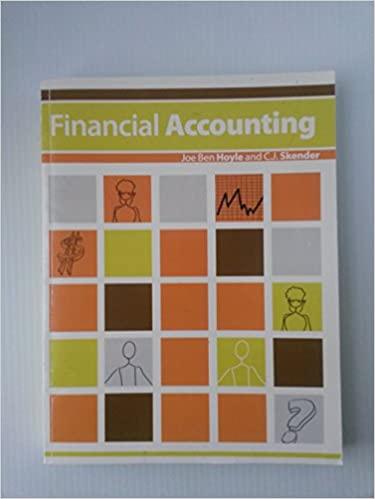


A consumer product company makes two types of dishwasher detergents: regular and concentrate. The company has two manufacturing facilities for making detergent products. The first facility has an operating cost of $120 an hour and can produce 300 ounces of regular detergent products per hour and 220 ounces of concentrate detergent per hour. The second facility has an hourly operating cost of $220 and produces 350 ounces of regular detergent and 450 ounces of concentrate detergent per hour. The company received wholesale orders totaling 4,500 ounces of regular detergent and 5,200 ounces of concentrate detergent. a. Formulate and solve the LP model that minimizes costs given the constraints. How many hours should the company operate each facility in order to fulfill the orders and minimize the operating cost? (Round your answers to 2 decimal places.) The number of hours the company should operate the first facility The number of hours the company should operate the second facility Minimum operating cost b. Identify each binding constraint and report the shadow price and the range of feasibility. (Round your answers to 2 decimal places.) Shadow Price Range of Feasibility From To Regular detergent constraint Concentrate detergent constraint c. If the hourly operating cost of the second facility is reduced to $200, how many hours should the company operate each facility? What is the minimum operating cost in this scenario? (Round your answers to 2 decimal places.) The number of hours the company should operate the first facility The number of hours the company should operate the second facility Minimum operating cost A consumer product company makes two types of dishwasher detergents: regular and concentrate. The company has two manufacturing facilities for making detergent products. The first facility has an operating cost of $120 an hour and can produce 300 ounces of regular detergent products per hour and 220 ounces of concentrate detergent per hour. The second facility has an hourly operating cost of $220 and produces 350 ounces of regular detergent and 450 ounces of concentrate detergent per hour. The company received wholesale orders totaling 4,500 ounces of regular detergent and 5,200 ounces of concentrate detergent. a. Formulate and solve the LP model that minimizes costs given the constraints. How many hours should the company operate each facility in order to fulfill the orders and minimize the operating cost? (Round your answers to 2 decimal places.) The number of hours the company should operate the first facility The number of hours the company should operate the second facility Minimum operating cost b. Identify each binding constraint and report the shadow price and the range of feasibility. (Round your answers to 2 decimal places.) Shadow Price Range of Feasibility From To Regular detergent constraint Concentrate detergent constraint c. If the hourly operating cost of the second facility is reduced to $200, how many hours should the company operate each facility? What is the minimum operating cost in this scenario? (Round your answers to 2 decimal places.) The number of hours the company should operate the first facility The number of hours the company should operate the second facility Minimum operating cost









